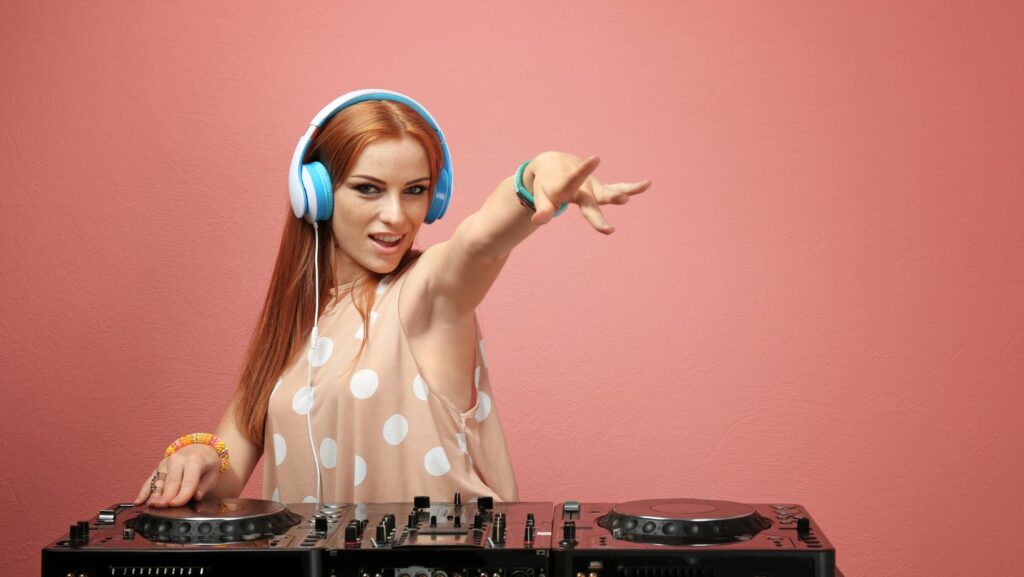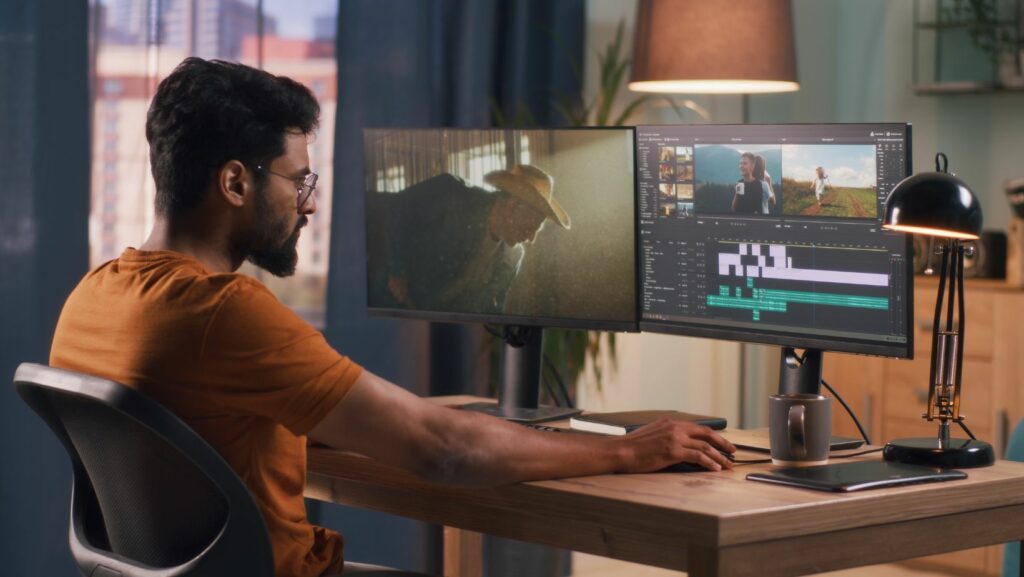In the pulsating world of electronic music, DJ mixing techniques are the secret sauce that transforms a mere playlist into a dynamic, unforgettable experience. Aspiring DJs and seasoned pros alike constantly seek new ways to captivate their audiences, blending tracks seamlessly to create a unique sonic journey. Understanding these techniques is essential for anyone looking to make their mark in the music scene.
From beatmatching to harmonic mixing, mastering these skills allows DJs to maintain the energy on the dance floor and keep the crowd engaged. Each technique offers its own flavor and style, enabling DJs to craft sets that resonate with listeners. As technology evolves, so do the tools and methods available, making it crucial for DJs to stay updated and refine their craft continuously. Whether it’s a local club or a massive festival, the right mixing techniques can elevate any set to new heights.
Understanding DJ Mixing
DJ mixing involves merging multiple tracks into a seamless flow, enabling smooth transitions and maintaining energy. Beatmatching, a fundamental technique, matches the tempo of two tracks, aligning beats for a cohesive sound. DJs analyze waveforms on digital software to achieve precise alignment, enhancing performance quality.

Harmonic mixing enhances the listening experience. DJs match tracks based on key compatibility, ensuring sonic harmony. By using key detection tools, they select tracks that complement each other, avoiding dissonance and creating a more pleasing mix.
Using effects like reverb, delay, and filters adds layers to the sound. These effects modify audio characteristics, allowing DJs to express creativity and adapt to the audience’s mood. Skilled DJs deploy these tools to elevate routines.
Live remixing and sampling further enrich performances. DJs incorporate external sounds and elements, personalizing sets. By blending samples creatively, they keep the audience engaged and maintain uniqueness in their act.
DJ Mixing Techniques
Mastering essential DJ mixing techniques enhances performance quality and audience engagement. Among these, beatmatching, crossfading, and EQ adjustments stand out.

Beatmatching
Beatmatching aligns the tempo of two tracks for a seamless transition. DJs synchronize beats by manually adjusting pitch or using software aids. This technique prevents rhythmic clashes and maintains dancefloor energy. Aspiring DJs often start by perfecting beatmatching, highlighting its fundamental role in DJ mixing.
Crossfading
Crossfading smooths transitions between tracks by adjusting volume levels. Using a crossfader on the mixer’s control surface, DJs blend tracks, creating a cohesive flow. DJs apply gradual fades for subtle transitions or sharp cuts for dramatic effects. Crossfading allows DJs to creatively control the momentum of a set.
EQ Adjustments

EQ adjustments shape the tonal balance in a mix. DJs use equalizers to boost or reduce specific frequencies, ensuring clarity. By managing bass, midrange, and treble levels, they prevent overlapping sounds and tailor the mix to suit the venue’s acoustics. EQ adjustments are vital for delivering a professional sound experience.
Tips for Mastering DJ Mixing Techniques
Mastering DJ mixing techniques involves practice, focus, and a deep understanding of music. DJs often start by refining their beatmatching skills. Using software like Serato DJ or Rekordbox can help align track tempos, creating smooth transitions. When two tracks sync perfectly, the flow remains energetic and engaging.
Developing a keen ear for harmonic mixing is crucial. Matching tracks that share compatible keys enhances the mix’s overall harmony. DJs use harmonic mixing to build rich, sonically pleasing sets that captivate audiences throughout their performances.
DJ mixing techniques are the cornerstone of creating unforgettable electronic music experiences. By mastering both foundational and advanced skills, DJs can seamlessly blend tracks and captivate audiences. The evolving landscape of DJ tools and technology offers endless opportunities for creativity and innovation. Through dedicated practice and exploration, DJs can refine their craft, ensuring each performance is dynamic and engaging. With a deep understanding of music and a commitment to continuous learning, DJs can elevate their sets, leaving a lasting impression on listeners and setting the stage for memorable dance floor moments.



